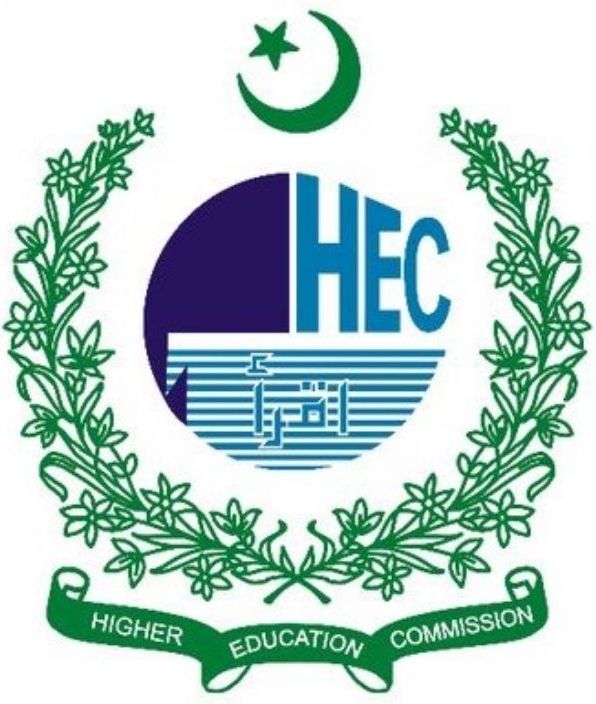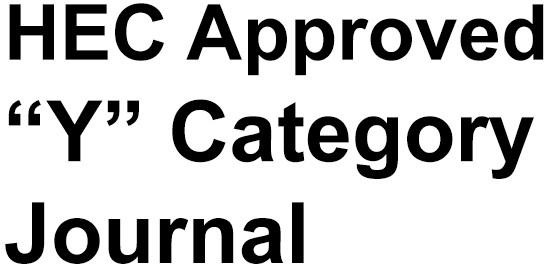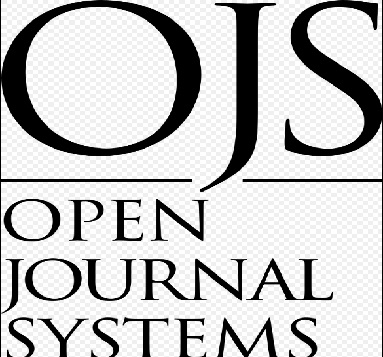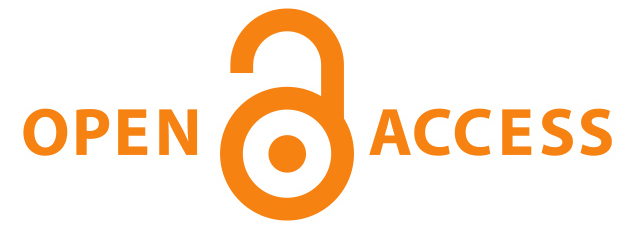Out-of-School Children (OOSC) in Pakistan: Challenges, Opportunities, and Recommendations
DOI:
https://doi.org/10.63056/ACAD.004.01.0169Keywords:
Out-of-school children , challenges, , opportunities, suggestions, recommendationsAbstract
Pakistan faced a significant educational challenge. According to a report by Dawn, Pakistan had 71 million children aged 5-16 years, with an estimated 25.3 million children not attending school, representing 36%. Among these OOSCs, 53% were girls, and 47% were boys. On May 8, 2024, the Pakistani government declared a National Educational Emergency to address the challenge of OOSC. Another statistics showed that one-third of school-going children (79%) had never been enrolled. Numerous factors, including poverty, socioeconomic conditions, inadequate educational infrastructure, security concerns, policy implementation challenges, and cultural norms provoked this alarming situation. This research paper explored the reasons, challenges, and opportunities for out-of-school children and provided recommendations to overcome these shortcomings. The study was qualitative in nature and employed through secondary data analysis approach. It reviewed a wide range of secondary sources, including research articles, newspapers, government policy documents, and journal publications. Pakistan faced challenges such as socioeconomic barriers, security concerns, financial restraints, child labor, gender discrimination, and insufficient school facilities. Curriculum inappropriateness, lack of teachers’ motivation, and socio-political instability further delayed educational access. However, there were opportunities linked to government initiatives that helped retain students in schools. These opportunities included scholarships, cash incentives, digital technology tools for learning, and non-formal platforms. Pakistan could tackle these challenges once a holistic approach and consensus were built at all levels. True implementation of crash programs targeted in National Educational Policies was required. This could also be driven by targeted financial assistance, public-private partnerships, such as incorporating the Pakistan Education Foundation, and policy reforms. The use of technology and making education beneficial for socioeconomic needs could also reduce the large number of OOSC.
Downloads
Published
Issue
Section
License
Copyright (c) 2025 Liaqat Ali, Dr. Sehrish Kashan, Aleena Chaudhry (Author)

This work is licensed under a Creative Commons Attribution 4.0 International License.












